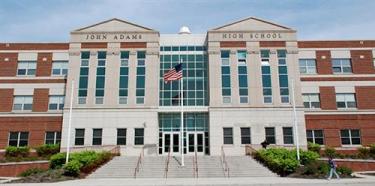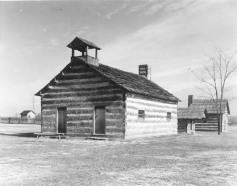Briana and I want to create a story for our students that are studying the idea of then and now. We chose to look at how education in Ohio has changed over time. This is an outline of how we plan to put our digital story together.
Ohio Schools : Then vs Now
- Camera fades into the state of Ohio
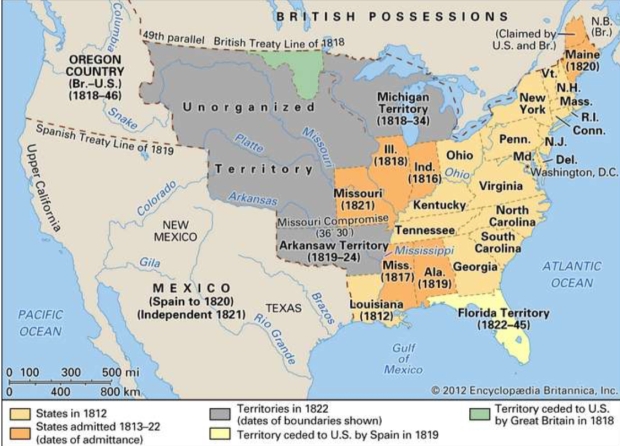
- Sarah is reading the voice over
- Soft revolutionary instrumental music in the background
- Ohio was originally founded by the french but was taken over by British colonials following the French and Indian War in 1754. Ohio did not officially become a state and a part of the U.S until 1803.
New image of the first schoolhouse in Ohio

-
- The first public school in Ohio was built in 1772. It was established shortly after settlement. Students who attended studied many of the subjects we still learn today. Teachers were both men and women. Women often received less pay and did not teach once they married.
- Similar music softly playing in the background
*Fades in to an image of students during this period*
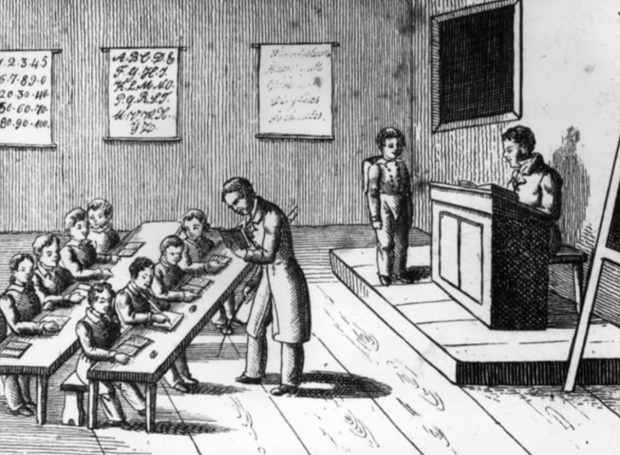
*soft revolutionary music plays in the background*
*Briana Narrates voice over*
- “The type of education that children received in these schools was limited. The schools taught basic skills in reading, writing, and mathematics. Teachers also usually stressed good manners. Because boys were needed to help in the fields, schools were open for a few months a year, usually in the summer. Most students did not obtain any more than an eighth-grade level of education, and many never graduated. There were no laws requiring students to go to school during this era, and parents often needed their children to help with farm chores.”
*Transitions to an image of Ohio legislators*
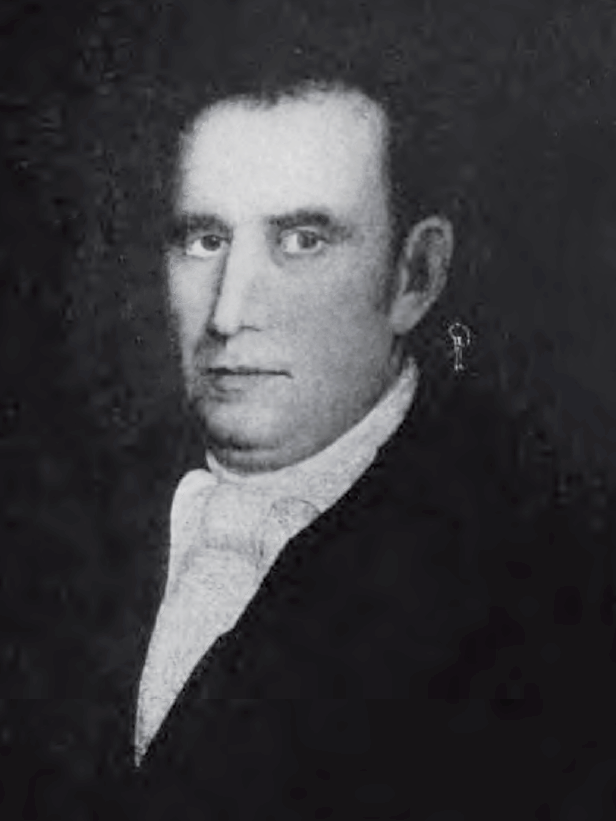
“Caleb Atwater”
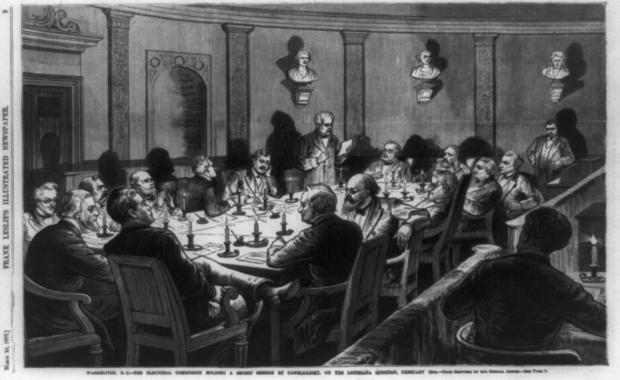
“Briana narrates”
In 1822, Caleb Atwater successfully persuaded the legislature and Governor Allen Trimble to create a job to study the convenience of creating public schools in Ohio. The Ohio government would finance these institutions.The employees spent the summer and fall of 1822 researching the condition of Ohio’s educational system, as well as studying public education in other states. Atwater wrote three pamphlets, one on the condition of school buildings in Ohio, one on the type of public school system Ohio should create, and one on the value of common schools to Ohio’s future to educate Ohioans on the need for state financed education. Atwater modeled his plan after New York’s public school system. According to Atwater, Ohio should not finance schools through taxation but through the sale of state property. The legislature agreed, establishing common schools in Ohio in 1825. At this time, the state government financed public education with a half-mil property tax.
“Transitions to image of a modern school”
*modern music plays in the background*
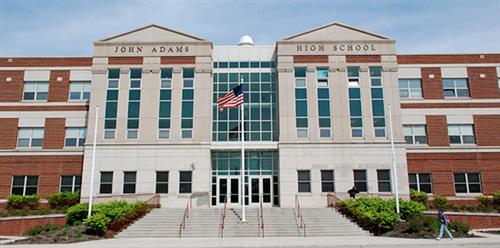
“John Adams Highschool, Cleveland Ohio”
*Briana narrates*
- Schools in Ohio are much different than they were back in the day! Schools now are in session august-may with breaks in between unlike schools back then, that only ran during the summer! Could you imagine going to school in the summer? No thanks! Schools nowadays are much bigger than they were. More students are made to attend school now unlike in the past when they only went up to the 8th grade, if they even went at all. Like in the past, Ohio’s education funding still relies on property taxes. Many believe that it is unconstitutional and wants a complete overhaul of the system.
*Side by side image of then and now of school with a recap of what has changed*
Looking into the future

-
- Music shifts to a futuristic sound
- Image fades out at the end
- Sarah’s voice
- As society changes everyday, so do our schools. From notebooks to computers, and chalkboards to smart boards the field of education is constantly evolving. As we have recently seen with the shut down of many schools virtual classrooms could be our future. Maybe a hybrid of online and in person classrooms. The opportunities are endless.
Sources
- Google Search, Google, www.google.com/search?q=john%2Badams%2Bhigh%2Bschool%2Bcleveland&tbm=isch&ved=2ahUKEwiU9NyYnMPoAhXSX80KHV3nA_AQ2-cCegQIABAC&oq=john%2Baddams%2Bhigh%2Bschool%2Bcle&gs_lcp=ChJtb2JpbGUtZ3dzLXdpei1pbWcQARgAMgQIABANMgQIABANOgUIIRCrAlDAD1iMQ2CnTWgCcAB4AYABvgKIAd0OkgEIMTQuMy4wLjGYAQCgAQE&sclient=mobile-gws-wiz-img&ei=Dm-CXpS1H9K_tQbdzo-ADw&bih=666&biw=1024&client=safari&prmd=nimv#imgrc=NEwf43i2xiWUPM.
- Google Search, Google, www.google.com/search?q=legislators%2B1800&client=safari&channel=iphone_bm&prmd=nimv&sxsrf=ALeKk03Fj38UahQ8Esx2Rd15vPYXLAO7pA%3A1585606233678&source=lnms&tbm=isch&sa=X&ved=2ahUKEwiWi7_Cm8PoAhWCWc0KHZpOCVcQ_AUoAnoECAwQAg&biw=1024&bih=666#imgrc=aO7SHAVkFS6ruM.
- Google Search, Google, www.google.com/search?q=caleb%2Batwater&tbm=isch&ved=2ahUKEwjhxaTEm8PoAhUFRawKHV2RDBUQ2-cCegQIABAC&oq=caleb&gs_lcp=ChJtb2JpbGUtZ3dzLXdpei1pbWcQARgAMgQIIxAnMgIIADICCAAyAggAMgUIABCDAToHCCMQ6gIQJzoECAAQQ1DZzQdY2NsHYL7kB2gCcAB4AIABbogBvQOSAQM0LjGYAQCgAQGwAQU&sclient=mobile-gws-wiz-img&ei=XW6CXqGjGoWKsQXdorKoAQ&bih=666&biw=1024&client=safari&prmd=nimv#imgrc=7Sh1SVuRcuewFM.
- “Public Schools.” Public Schools – Ohio History Central, ohiohistorycentral.org/w/Public_Schools.
- Zelinsky, Wilbur, and William L. O’Neill. “The United States from 1816 to 1850.” Encyclopædia Britannica, Encyclopædia Britannica, Inc., 29 Mar. 2020, www.britannica.com/place/United-States/The-United-States-from-1816-to-1850.
- “11 Ways School Was Different in the 1800s.” Mental Floss, 7 Jan. 2016, www.mentalfloss.com/article/58705/11-ways-school-was-different-1800
